|
ID |
Nickname |
Country / City |
Languages |
Taxonomies |
Comment |
Project / Group |
Map |
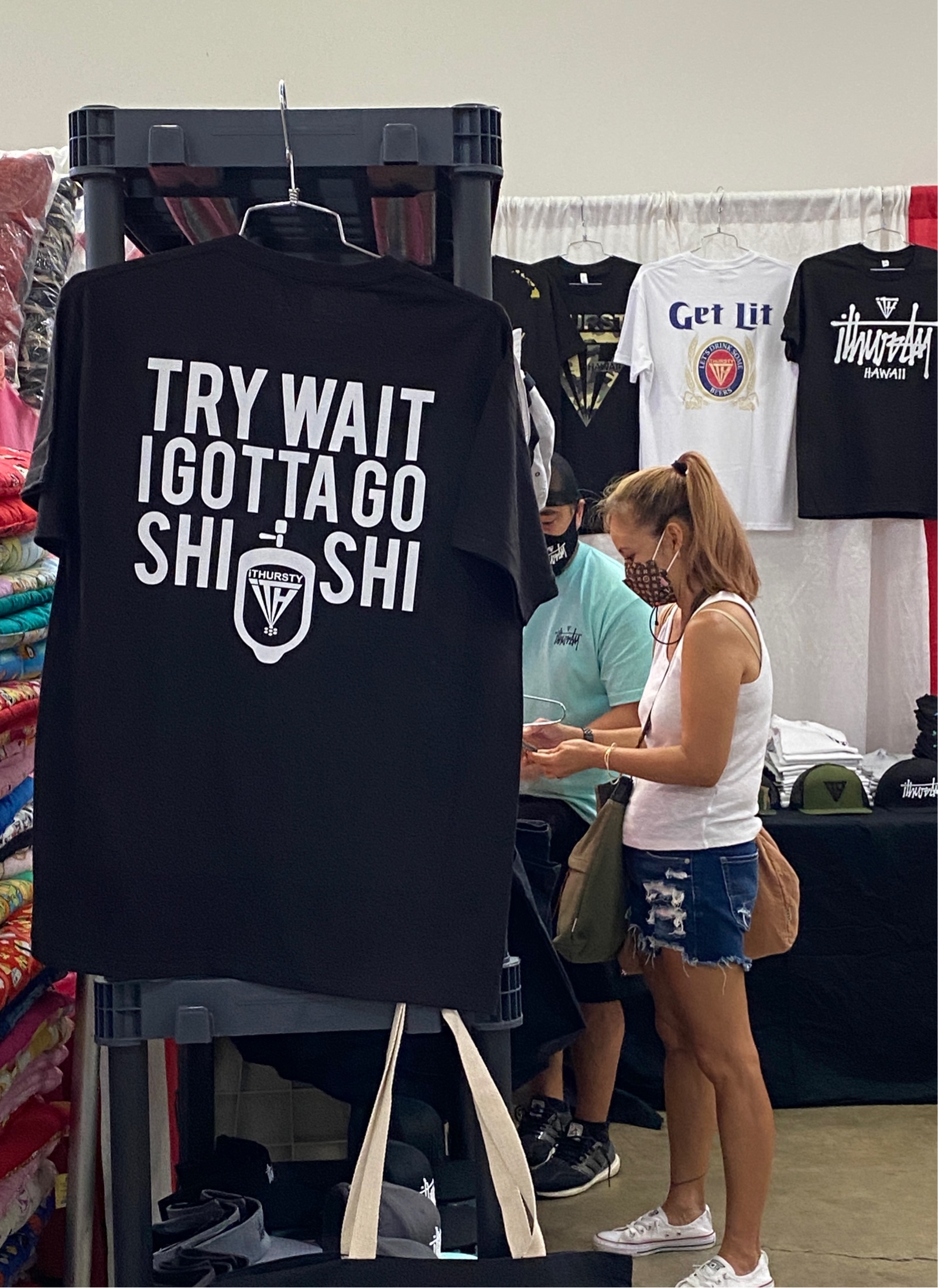
|
47352
|
|
United States
Honolulu
|
|
|
“Try wait I gotta go Shishi” — “Please wait. I need to go pee.”
|
Multilingual Hawaiʻi
|
|
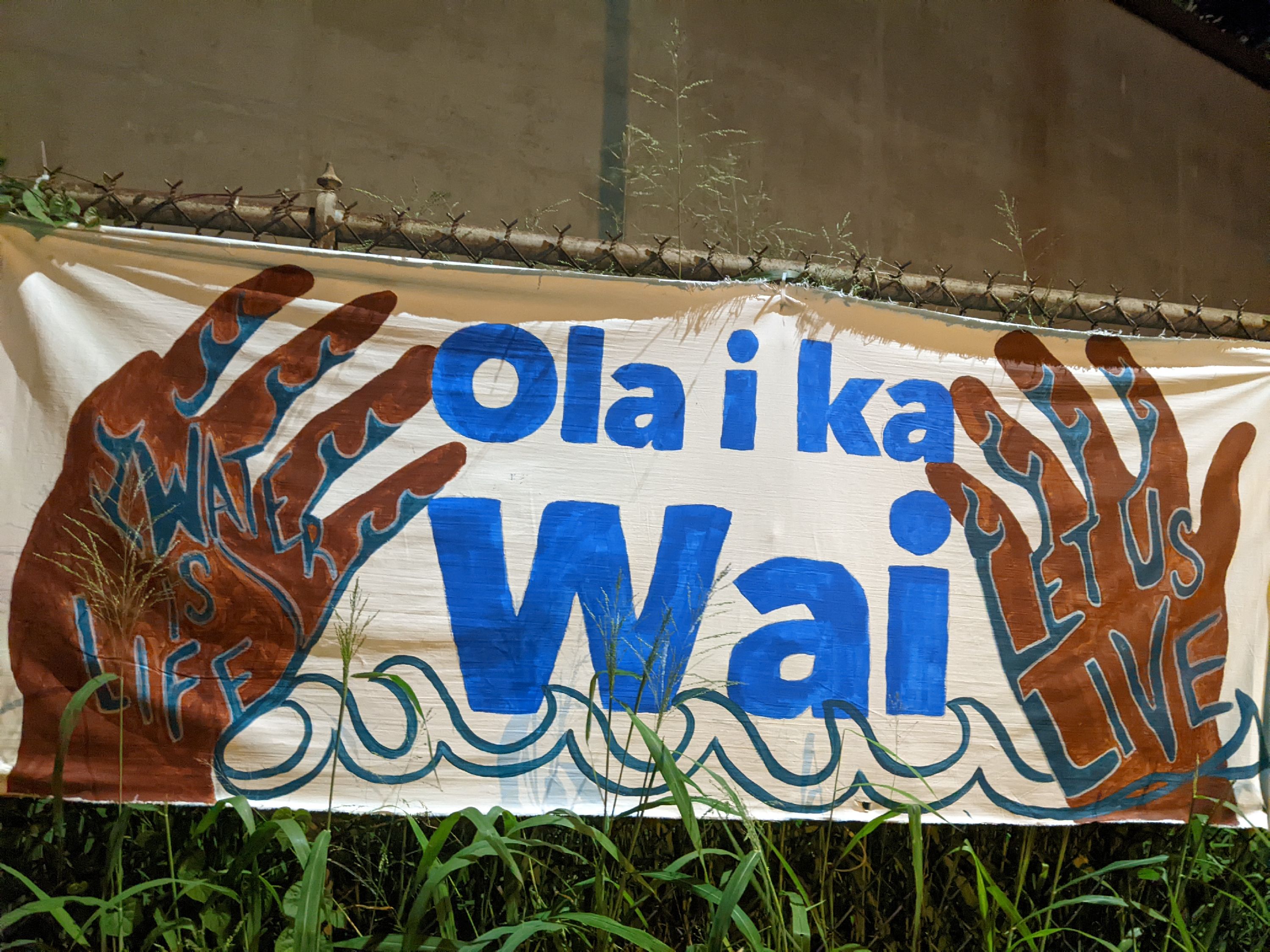
|
47605
|
|
United States
Honolulu
|
|
|
two hands holding up Hawaiian "ola i ka wai" and in the hands is written "water is life" (left) and "let us live" (right)
|
Multilingual Hawaiʻi
|
|

|
47807
|
|
United States
Honolulu
|
|
|
—
|
Multilingual Hawaiʻi
|
|
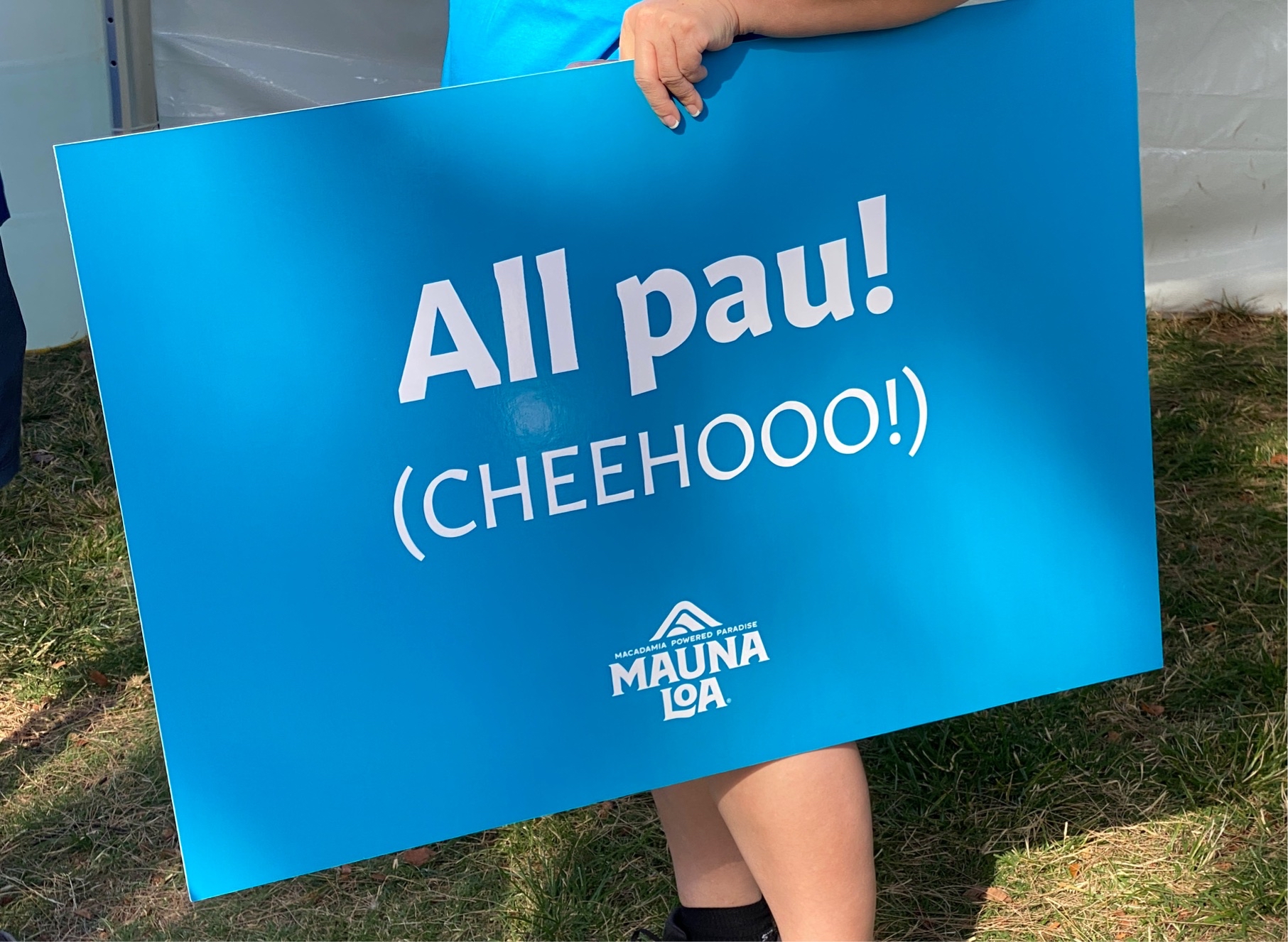
|
51317
|
|
United States
Honolulu
|
|
|
Mauna Loa macadamia nuts had a promotional table at the finish line for the 2022 Hapalua half marathon. This sign uses pidgin to congratulate locals on finishing the race while also promoting their products
|
Multilingual Hawaiʻi
|
|
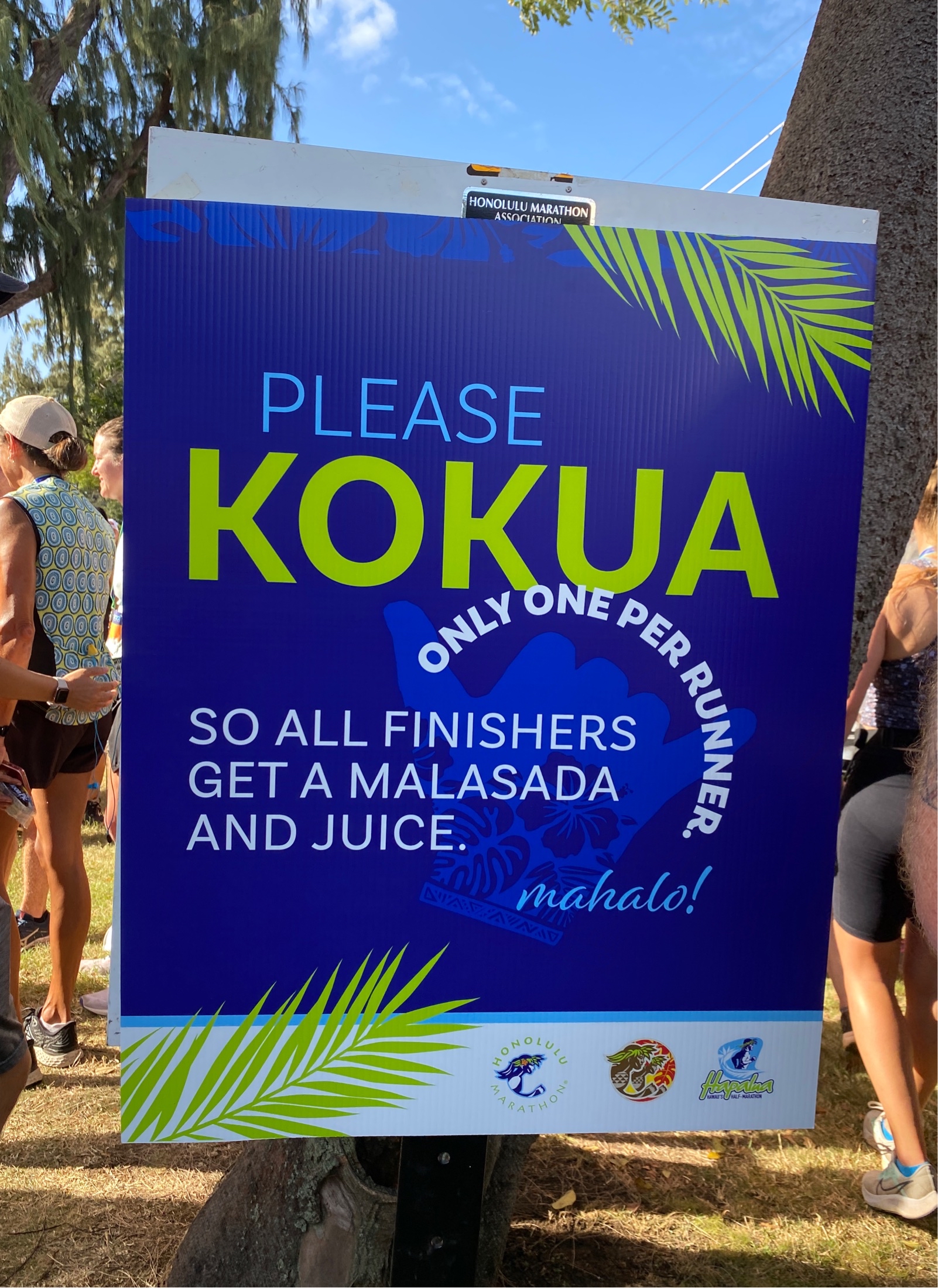
|
51318
|
|
United States
Honolulu
|
|
|
Sign at the end of the 2022 hapalua half marathon instructing runners to “please Kokua” so that all runners can get a treat at the end. It thanks participants with mahalo.
|
Multilingual Hawaiʻi
|
|
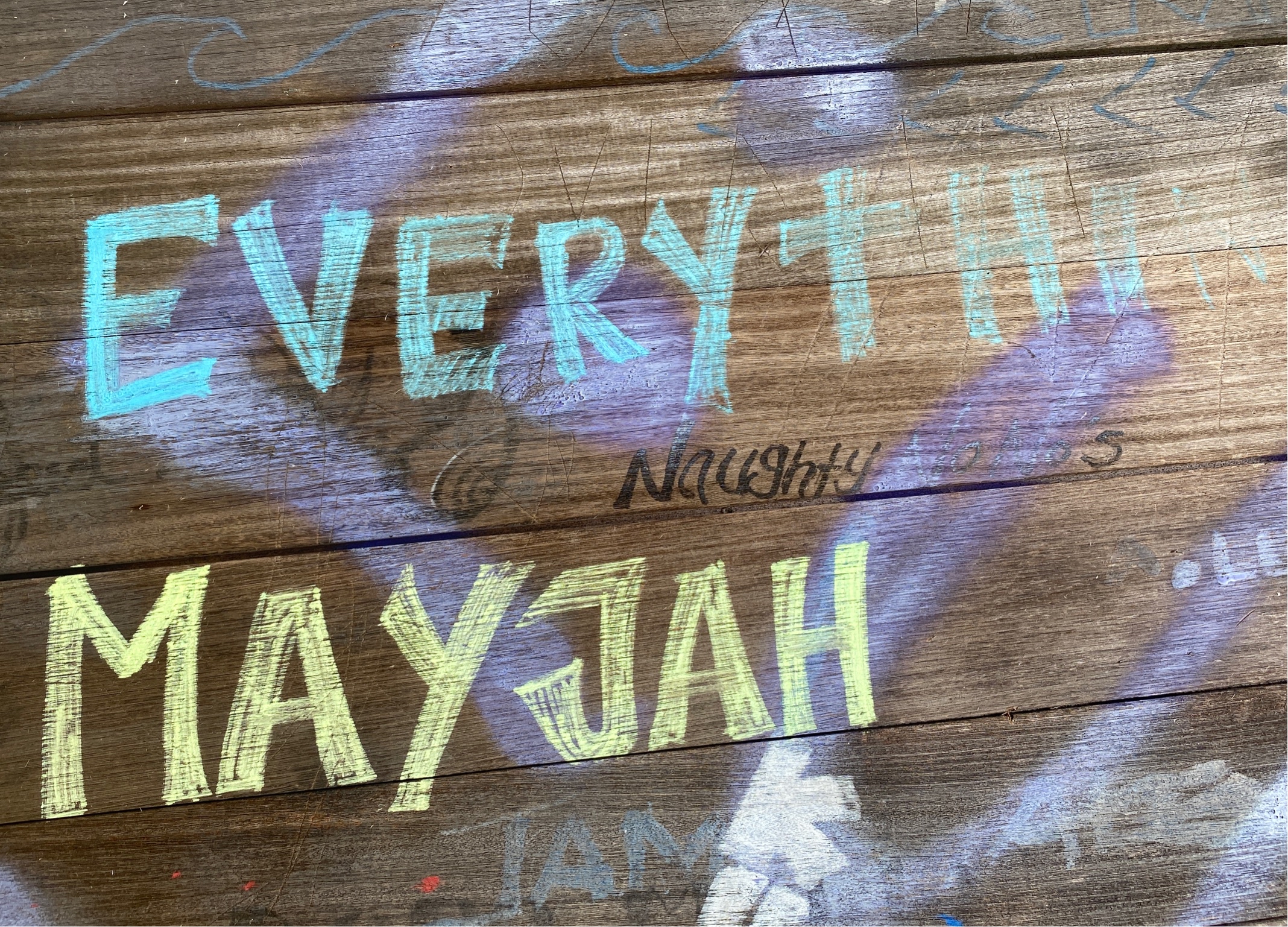
|
51319
|
|
United States
Kapaʻa
|
|
|
Graffiti in chalk behind a map of the ke ala hele makalae path in Kapaʻa. The graffiti says “everythin mayjah”
|
Multilingual Hawaiʻi
|
|
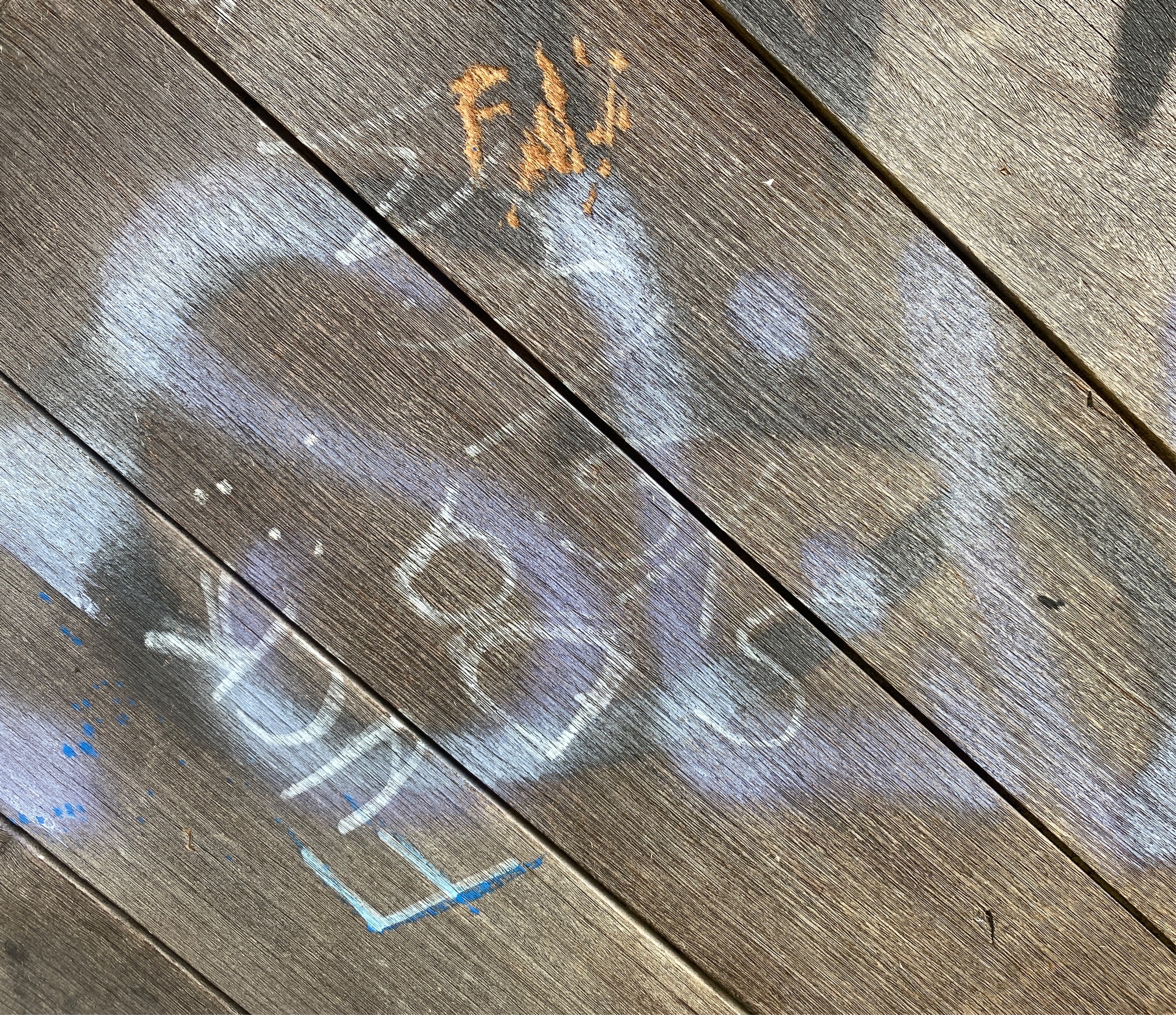
|
51320
|
|
United States
Kapaʻa
|
|
|
This graffiti says “fuck da system” as some sort of transgressive political message
|
Multilingual Hawaiʻi
|
|

|
51321
|
|
United States
Kapaʻa
|
|
|
Lots of graffiti on the back of this informational sign in English, pidgin, and Hawaiian.
|
Multilingual Hawaiʻi
|
|
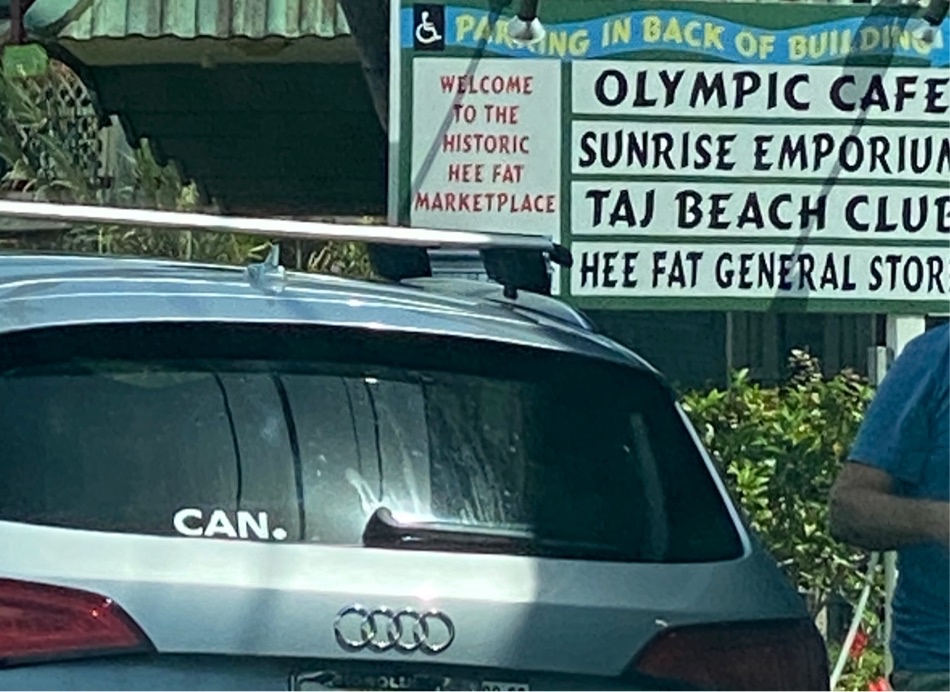
|
51322
|
|
United States
Kapaʻa
|
|
|
The sticker on this car parked in the side of the road says “can,” which is most likely from the phrase “if can, can; if no can, no can”. It is not referring to a soda can, but to possibility.
|
Multilingual Hawaiʻi
|
|
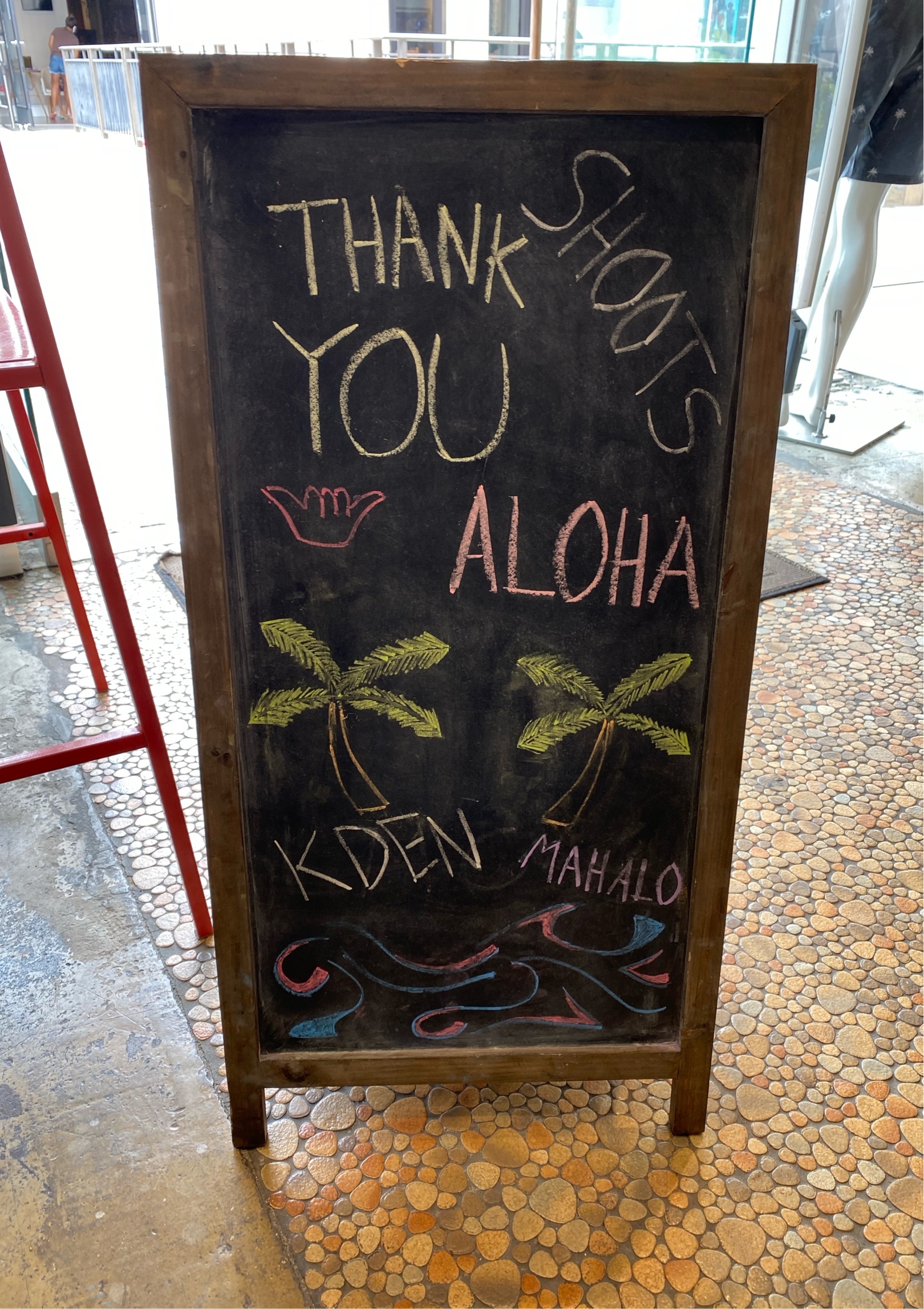
|
59564
|
|
United States
Honolulu
|
|
|
This is the exit sign for a popular local store that sells local shirts with Pidgin on it. The style of the store is a beach or surfer theme but any local can shop there. Because it’s in Ala Moana Shopping Center, it’s also a site for tourists.
|
Multilingual Hawaiʻi
|
|
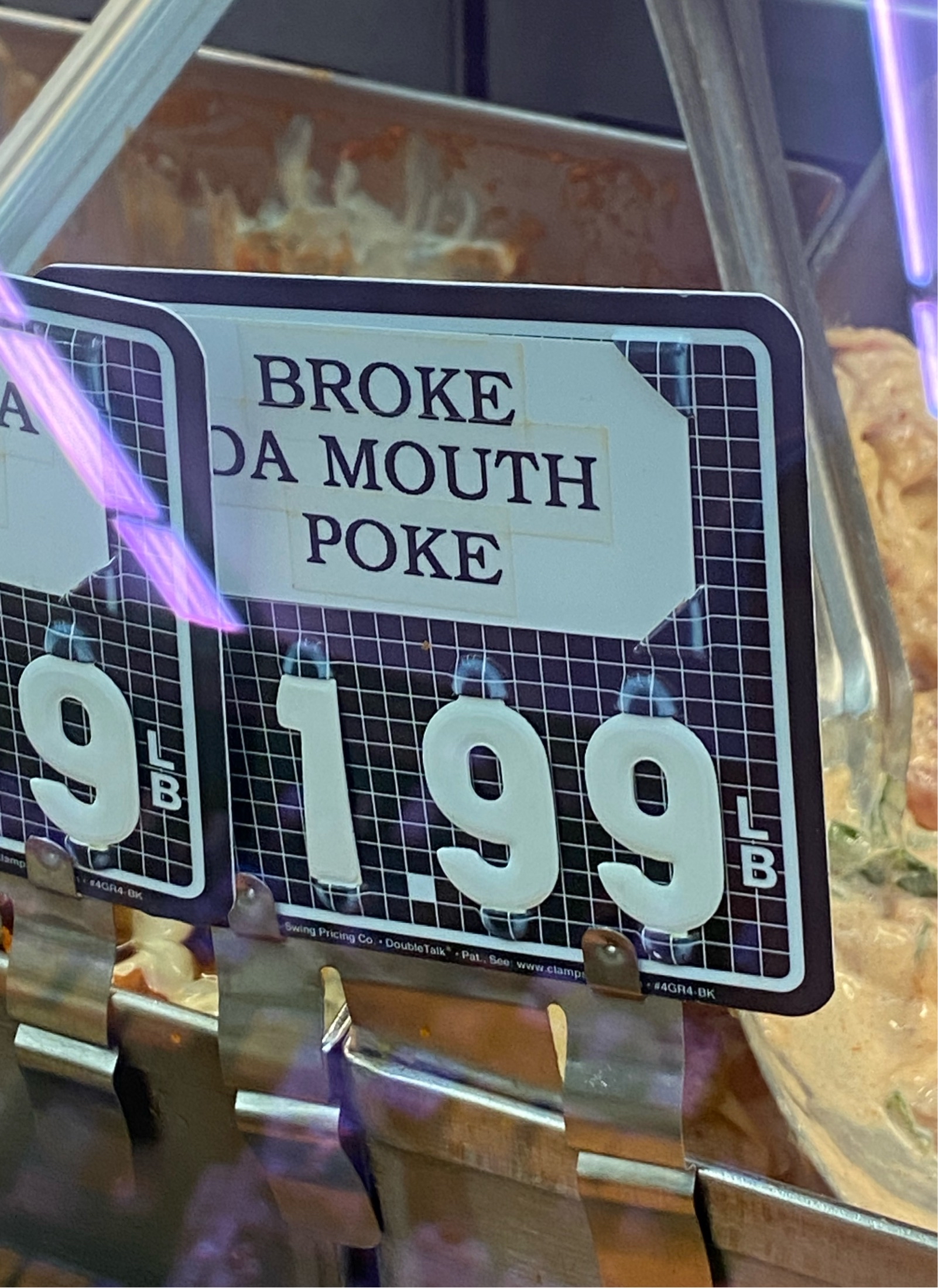
|
59565
|
|
United States
Pearl City
|
|
|
Here we see Pidgin being user as the name of a variety of Poke. The Pidgin implies that this poke is very ono. They probably used Pidgin to emphasize the deliciousness of the poke.
|
Multilingual Hawaiʻi
|
|
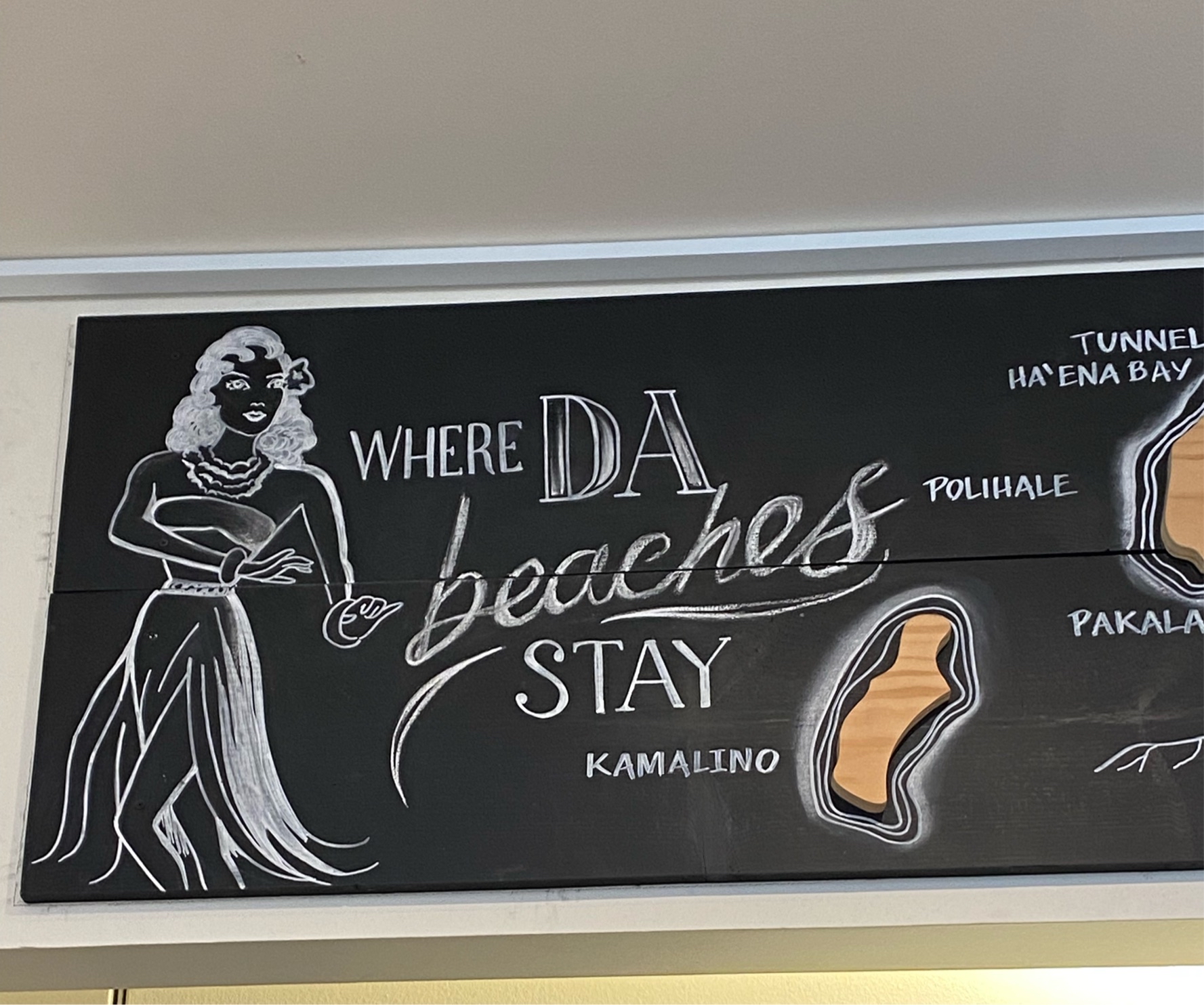
|
59566
|
|
United States
Honolulu
|
|
|
Here we see Pidgin being used in a sign in a retail clothing store to educate probably tourists about where the beaches are and probably some locals who are not aware of where all the beaches are in Hawaii. This is accompanied by a drawing of a hula dancer which I’m not sure what the associated of hula and beaches are. The design is also drawn with a blackboard and chalk looking design to reinforce the education purpose of the sign.
|
Multilingual Hawaiʻi
|
|
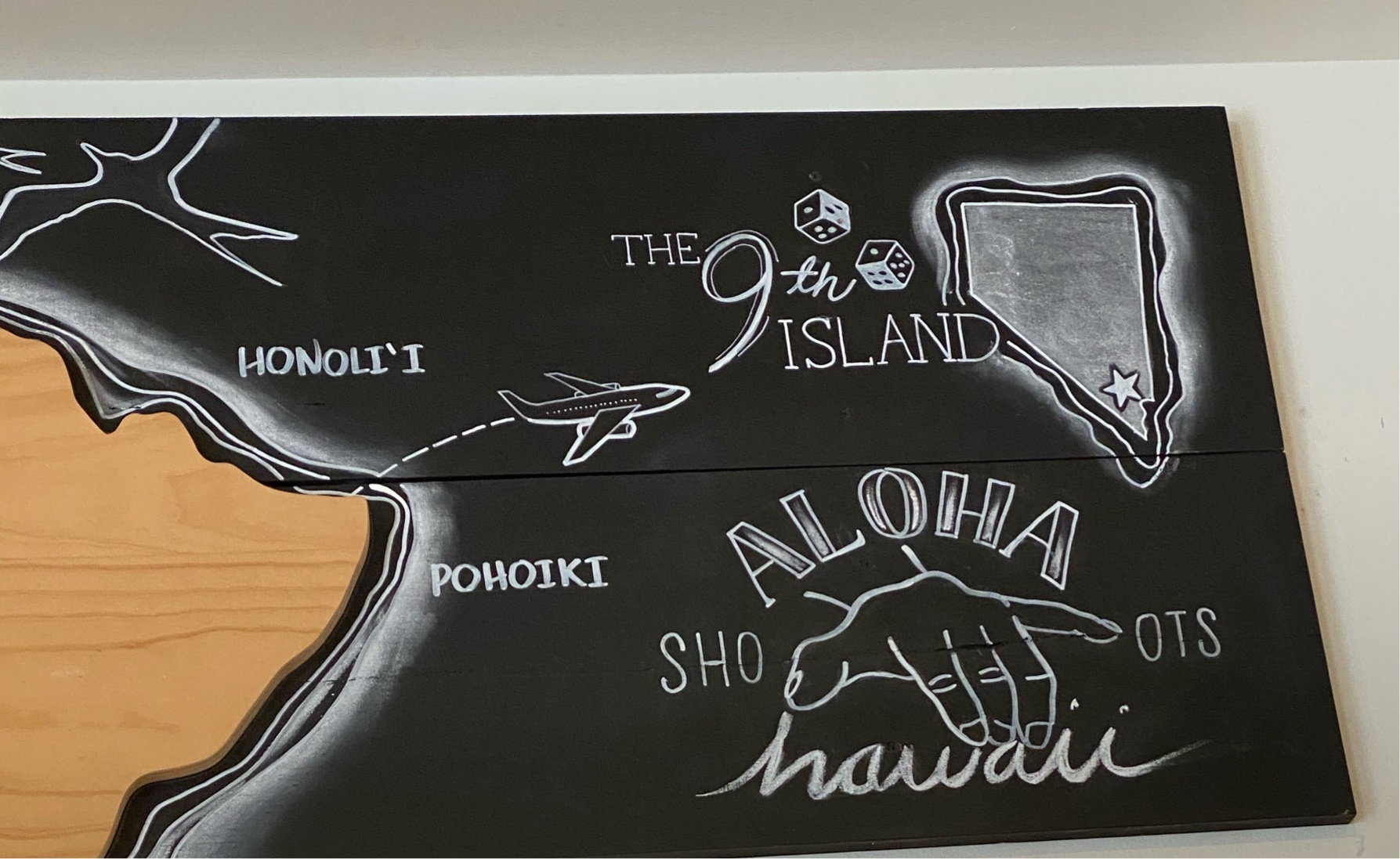
|
59567
|
|
United States
Honolulu
|
|
|
This s
|
Multilingual Hawaiʻi
|
|

|
63613
|
|
United States
Kaneohe
|
|
|
This sticker, made by a local company, features the Pidgin phrase “Cheehoo” stylized as the Champion brand logo. Cheehoo is an exclamatory phrase used when something exciting is happening. I think that stylizing this local phrase as a trendy apparel company makes it more accessible for younger audiences.
|
Multilingual Hawaiʻi
|
|
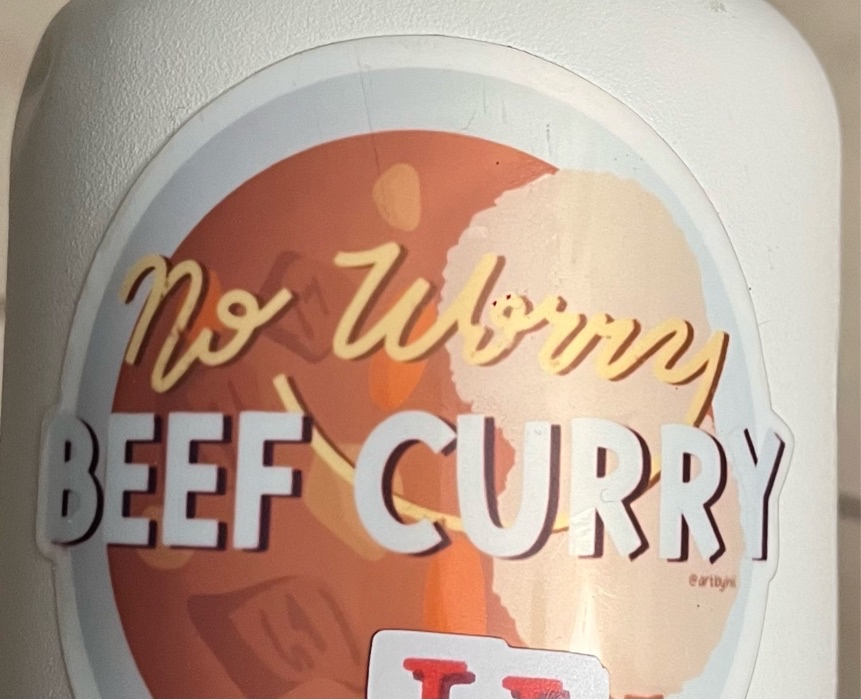
|
63614
|
|
United States
Kaneohe
|
|
|
This is one of my favorite Pidgin phrases and it just means “No worries!”. The “beef curry” part doesn’t mean anything and is only used for the rhyme, but this sticker shows a more literal representation with beef curry as the background. I chose to put this sticker on my water bottle because if someone recognizes it, I know they’re local!
|
Multilingual Hawaiʻi
|
|
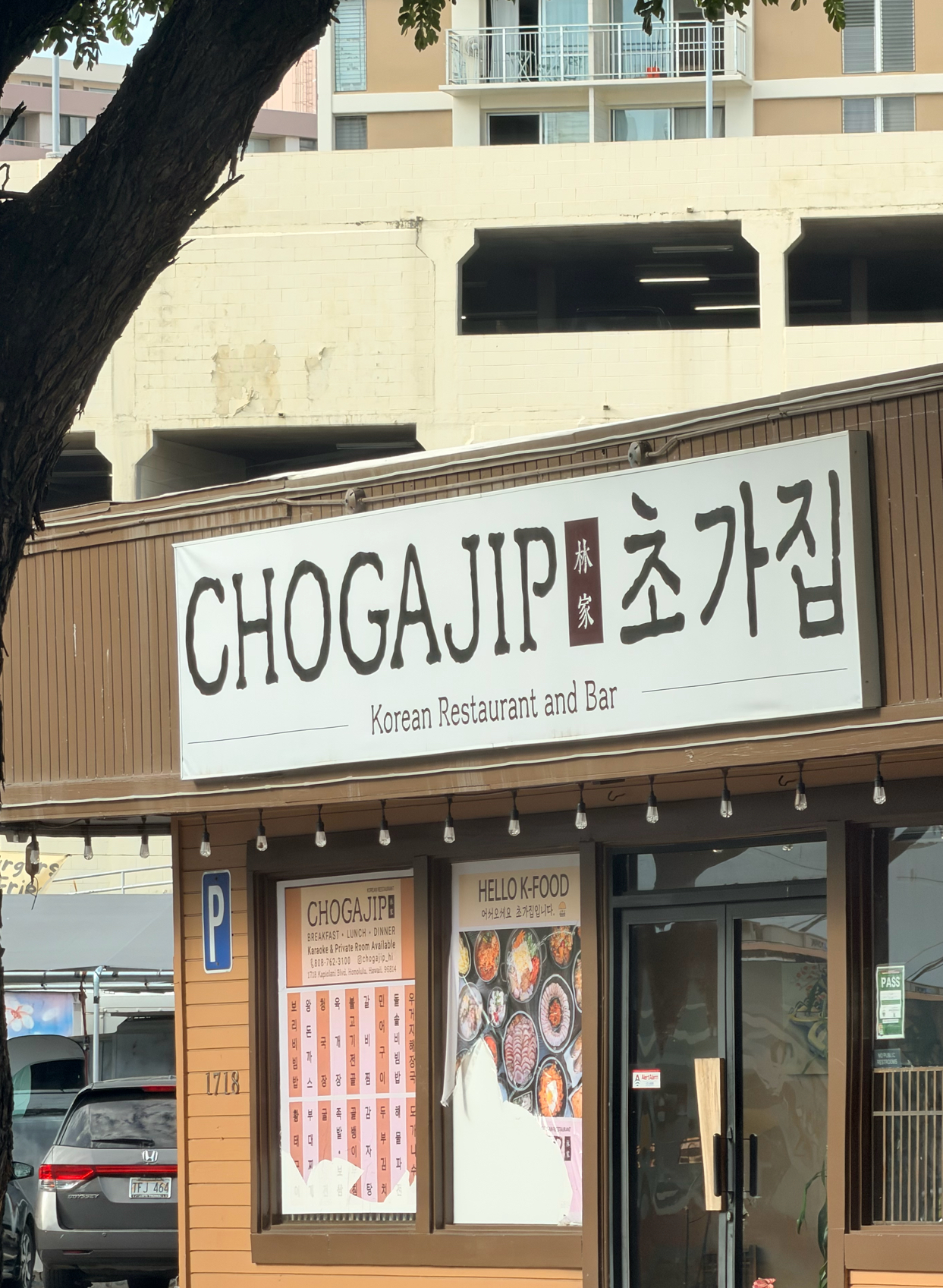
|
147939
|
catherine
|
United States
Honolulu
|
|
|
While I was driving on Kapiolani Blvd, getting ready to turn onto Atkinson, I noticed this Korean restaurant, Chogajip, with its name written in English and “초가집” written next to it. After searching up what this means, I found that it says “thatched house,” which refers to a traditional Korean home. I found this interesting because it’s not only multicultural, but it’s also something only someone proficient in Korean would understand. The only English on the sign is “Korean Restaurant and Bar,” while the Korean wording conveys a homelike taste and environment. Seeing this bilingual signage sending different messages to different audiences shows how openly multicultural Hawaiʻi is.
|
Multilingual Hawaiʻi
|
|
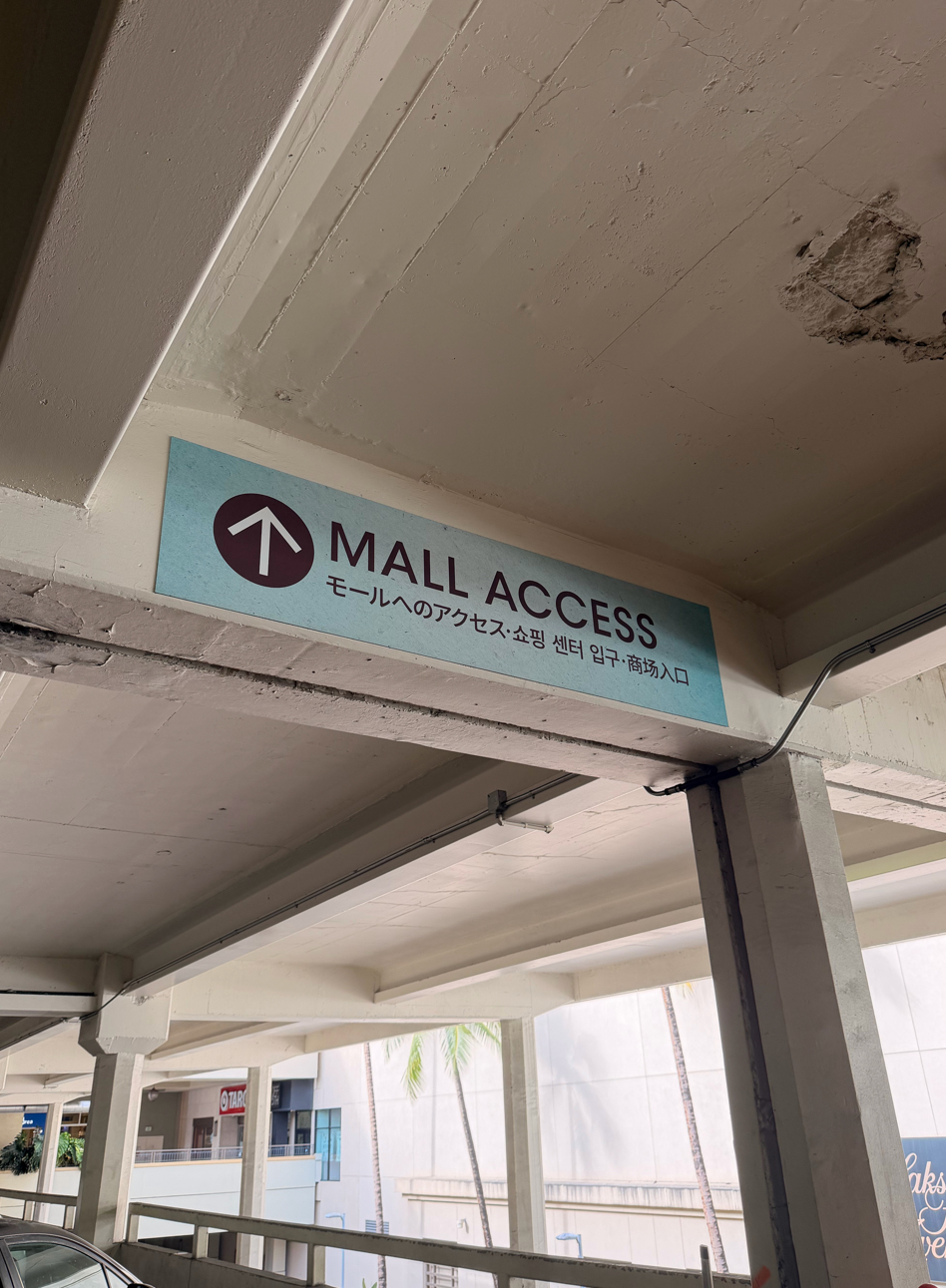
|
147940
|
catherine
|
United States
Honolulu
|
|
|
While I was driving through the Ala Moana parking lot on the main level next to Target, it was the first time I noticed this “Mall Access” sign, even though I’ve driven past it many times. It caught my attention because the sign is in English, Japanese, Korean, and Chinese. Since this sign is in an older wing of the mall, it’s probably been here for many years without me noticing, which shows how long Hawai‘i has been a multicultural environment. Although Ala Moana is a touristy place, it was still interesting to see such a general sign in four languages. The Japanese, Korean, and Chinese all translate to “Mall Access.” Seeing multiple languages layered into a simple directional sign made me realize how deeply multilingualism is built into Hawai‘i’s public spaces, even in areas we overlook.
|
Multilingual Hawaiʻi
|
|
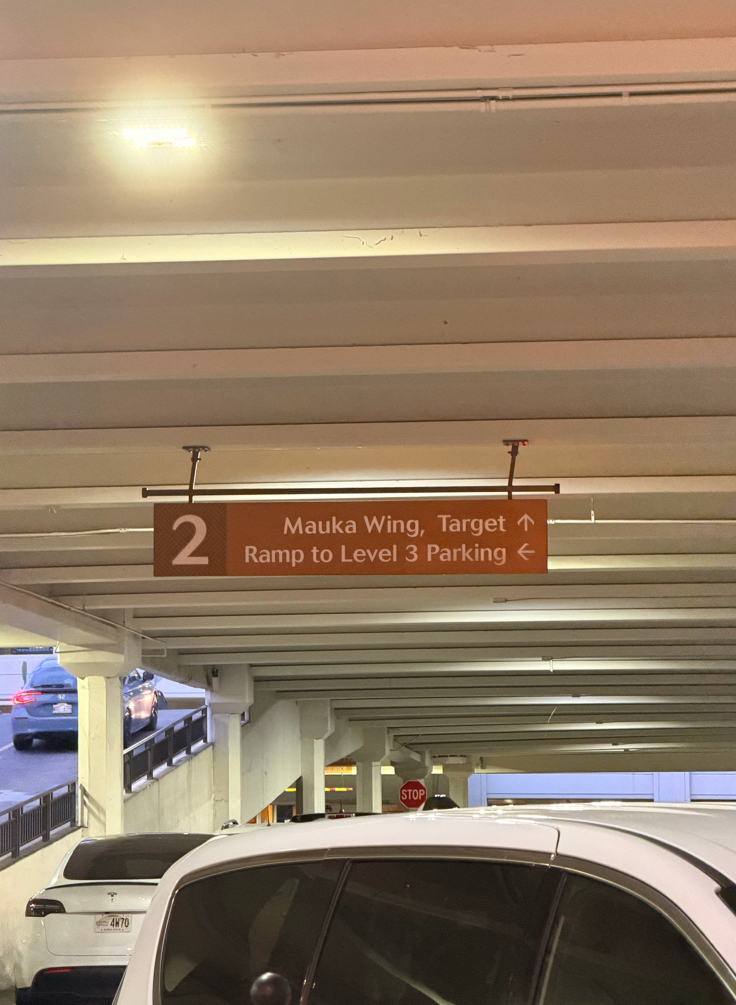
|
147941
|
catherine
|
United States
Honolulu
|
|
|
I took this photo on the main level of Ala Moana, right across from the Lanaʻi Food Court. The sign says “Mauka Wing,” which means “toward the mountains” in Hawaiian. I found it interesting how the mall uses Hawaiian words very frequently in its directional signs. Even the food court itself is named “Lānaʻi,” which is another island here. Seeing Hawaiian used in everyday signage and throughout such a large institution shows an effort to incorporate the language, even if it can sometimes feel a bit inauthentic. Still, noticing Hawaiian in these directional signs made me realize again how multicultural and multilingual Hawaiʻi is.
|
Multilingual Hawaiʻi
|
|
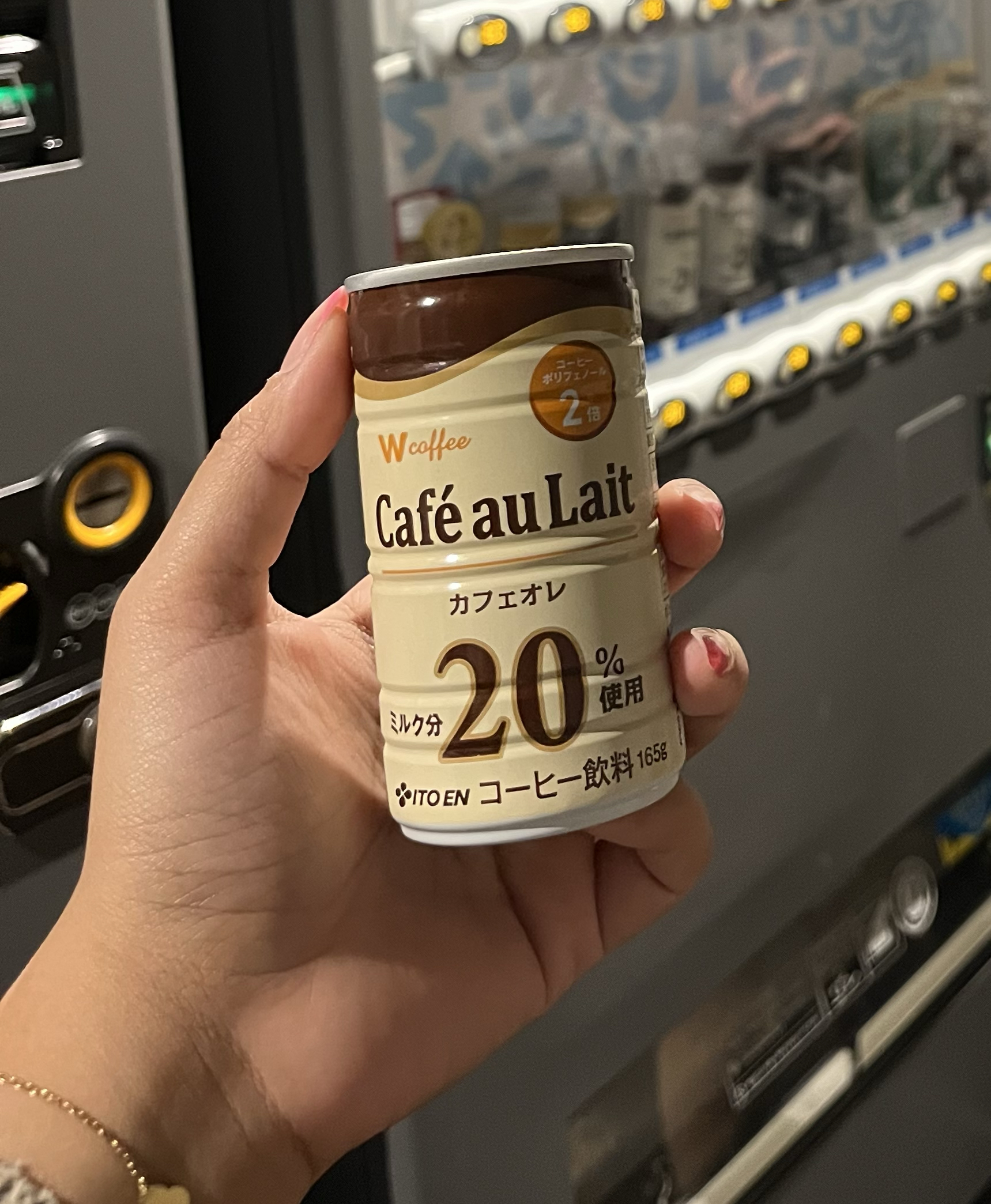
|
134342
|
charrr
|
United States
Honolulu
|
|
|
Encountering a Japanese vending machine, I noticed that it had both Japanese and English on it. Noticing that it had both scripts, it made me realize how ingrained multilingualism is to our state and island. Not only does this serve the local community, but for tourists who can enjoy a bit of their culture here. Seeing just how often and frequently it is to have both Japanese and English script, and basically how normalized it is to have multiple languages in this state, made me aware of how this our public language and how valuable it is to create an inclusive, multilingual environment for everyone.
|
Multilingual Hawaiʻi
|
|

|
134343
|
charrr
|
United States
Waipahu
|
|
|
Seeing place names like Waikele, really emphasizes how important the Hawaiian language is to our culture. As you grow up, the norm becomes something that can be hidden in plain sight, or something that most people overlook, despite it being in our everyday language. However, as we think about multilingualism and think about the connection of the Hawaiian language and how it can shift our culture and communication, we can then use our town names as markers for history, culture, and diversity. We can view this public language as a way to honor the past and encourage language revitalization everyday.
|
Multilingual Hawaiʻi
|
|